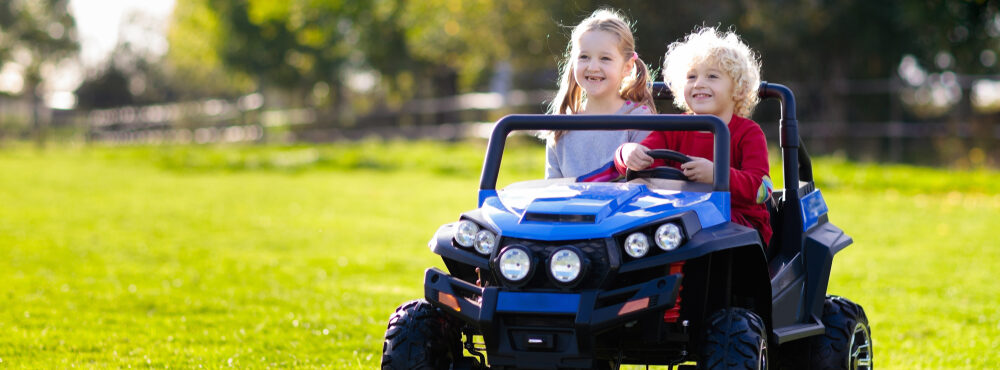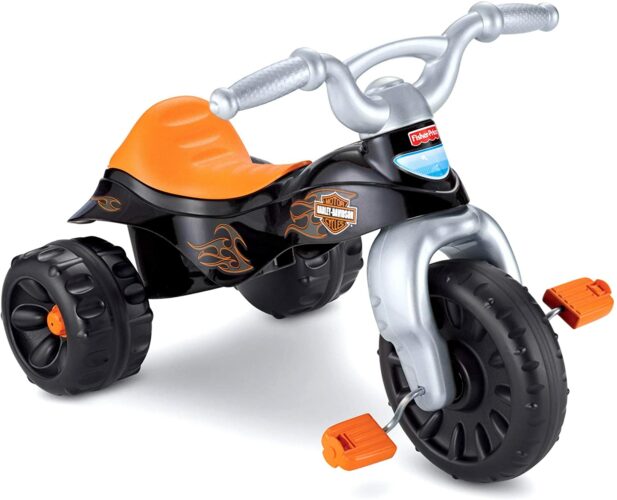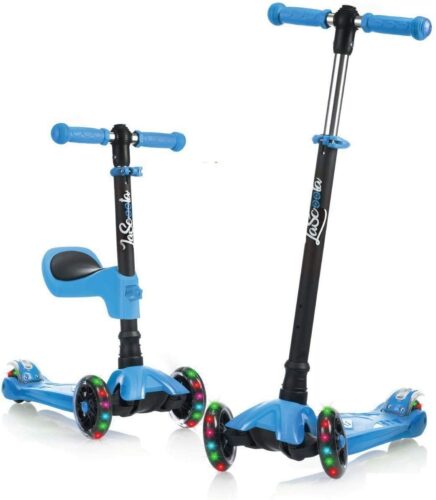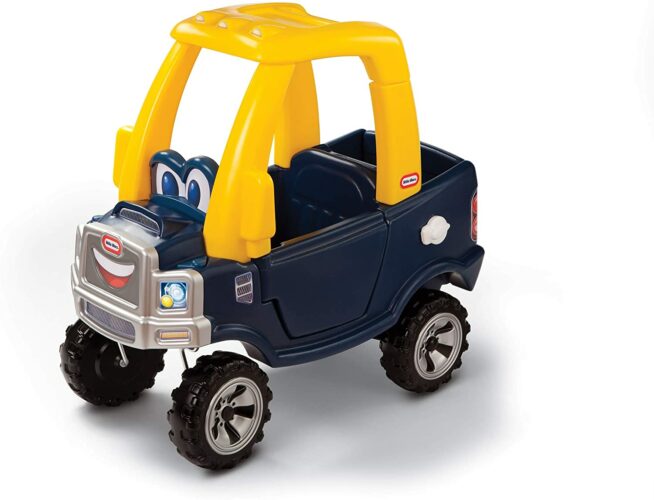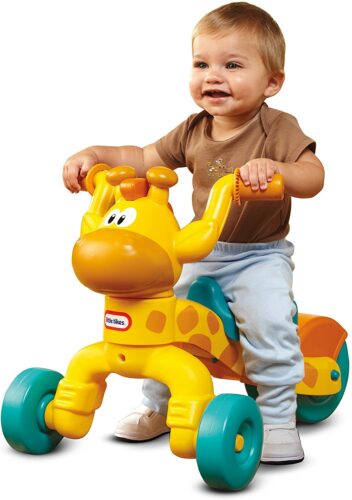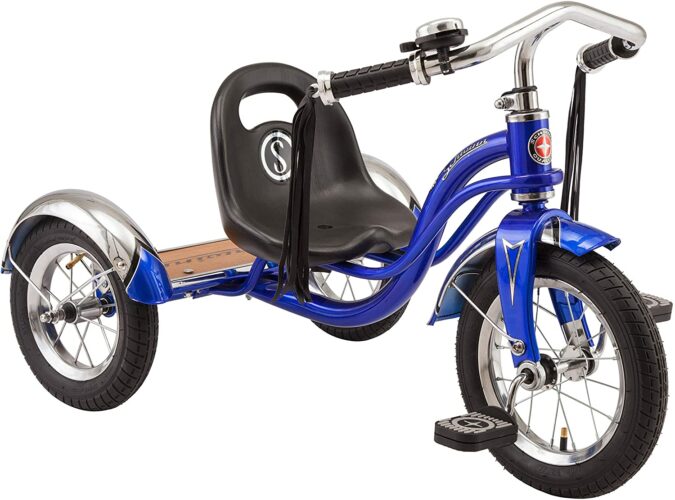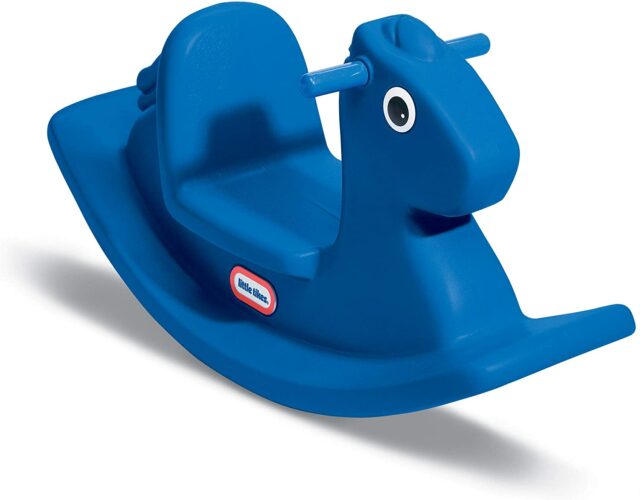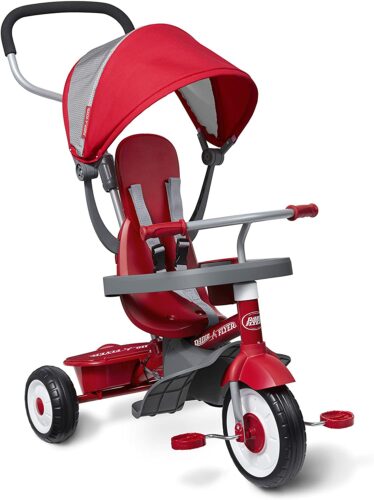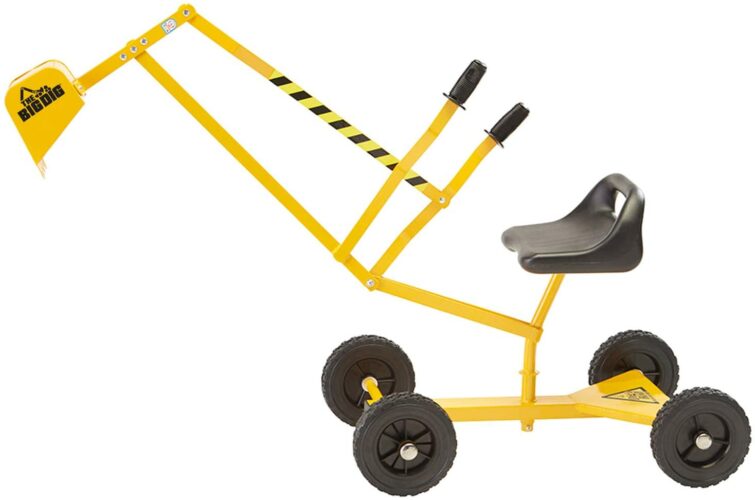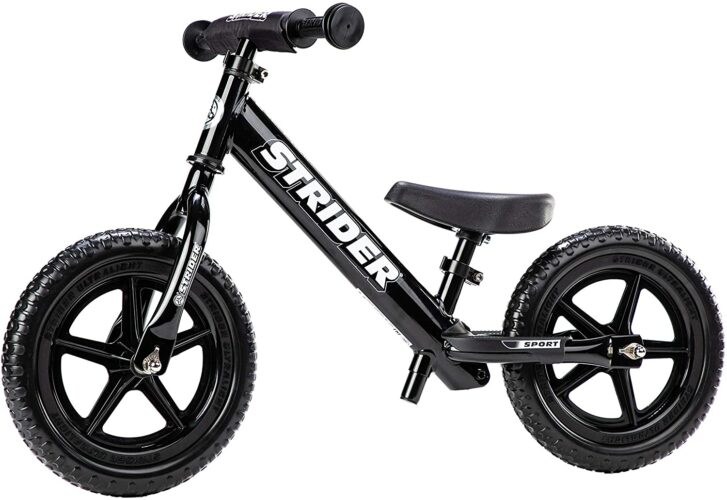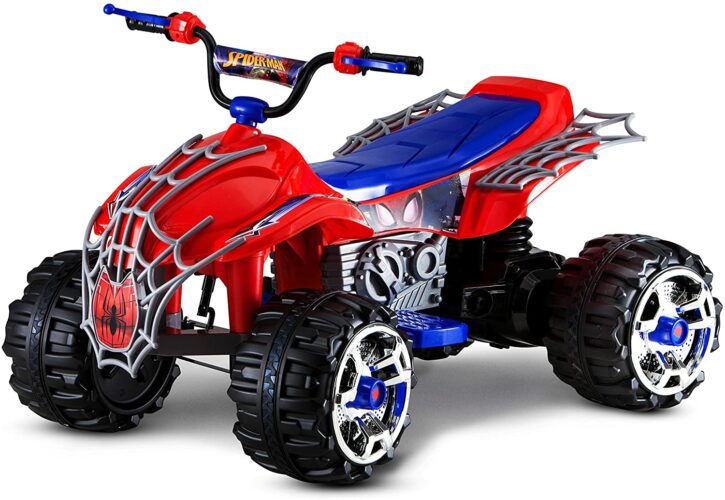Toddlers are fast, and they can zoom around even faster on a ride-on toy. As your little one grows and develops, they learn how to balance, stand up, and move around on their own – ride-on toys give them that little extra bit of independence and freedom during playtime.
Not only are ride-on toys cute and great for developing fine motor skills and coordination, but they are also handy for helping parents keep toddlers active with stimulating enrichment activities.
Which ride-on toys are the best? We considered a variety of ride-on toys to come up with the finest choices for your tiny tot.
Selecting a Good Ride-On Toy for Toddlers
Ride-on toys come in all sorts of shapes and sizes, with a plethora of different functions available to suit each child. A few factors to consider when picking a ride-on toy for your toddler are design, size, safety, and longevity.
Safety
Toys are often reviewed for compliance with industry safety specifications – the certifications and designations are handy for conscious parents who are looking to protect their kids. Other features to pay attention to in a ride-on toy include:
- A wide base that lies close to the ground
- Any kind of harness that helps hold the child securely inside the toy
- Any pinch points, sharp edges, or parts that can hurt a child
- Toy stability to make sure the toy doesn’t tip over
For additional safety, consider purchasing protective gear like a helmet and pads to protect your child’s knees and elbows.
Design
Ride-on toys come in two main styles: the kind that kids can pedal or push off the ground to move themselves around, or the other kind where the toy needs a power source of some kind to move. Here are some types of ride-on toys that best suit toddlers aged below five years old:
- Push toy: An adult pushes the kid around on the ride-on toy
- Foot to floor: Kids use their feet to move themselves forward
- Pedal-powered: Children use the pedals on the toy to propel themselves forward
- Battery-powered: The toy uses removable or rechargeable batteries as a power source
In general, ride-on toys made for younger children are best used indoors – they can still be used outdoors if they are made to accommodate rough terrains like grass, asphalt, and pavement.
If the ride-on toy will be used outside often, you should look for tougher tires and materials that won’t rust. If the toy will be used indoors, consider the toy’s size and ability to move on the type of flooring you have at home.
Size
When selecting a ride-on toy, your child should be able to have their feet flat on the ground when they sit on the toy. This is important for toys with pedals so your little one can work the pedals and maneuver without too much trouble – little adventurers need to be able to explore safely!
Toy manufacturers usually list the specifications of the toy including maximum height, weight restrictions, and recommended age so you can select a ride-on toy that is the right fit for your toddler. Selecting a ride-on toy that is appropriately sized will also be good for space management in your home – if the toy is too big and unwieldy it will be a hassle to bring it out for playtime.
Longevity
In selecting a ride-on toy, consider your toddler’s age, interests, and developmental stage. Very young children will not be ready for a ride-on toy that uses pedals to move forward, while older toddlers might get bored with a static ride-on toy that only lets them bounce on the spot. A great compromise will be a ride-on toy that has adjustable parts which allow the toy to accommodate your child’s growth.
Most toys have a recommended age range and reviews done by other parents who have purchased the toy for their children. Some toys are also themed, like firefighter toys, construction equipment, or animal tricycles. The last thing you want is to invest money and space into a toy that your little one outgrows too quickly, or they get bored because the toy isn’t as stimulating or interesting after a while.
With these factors in mind, let’s look at the toys that made our list.

